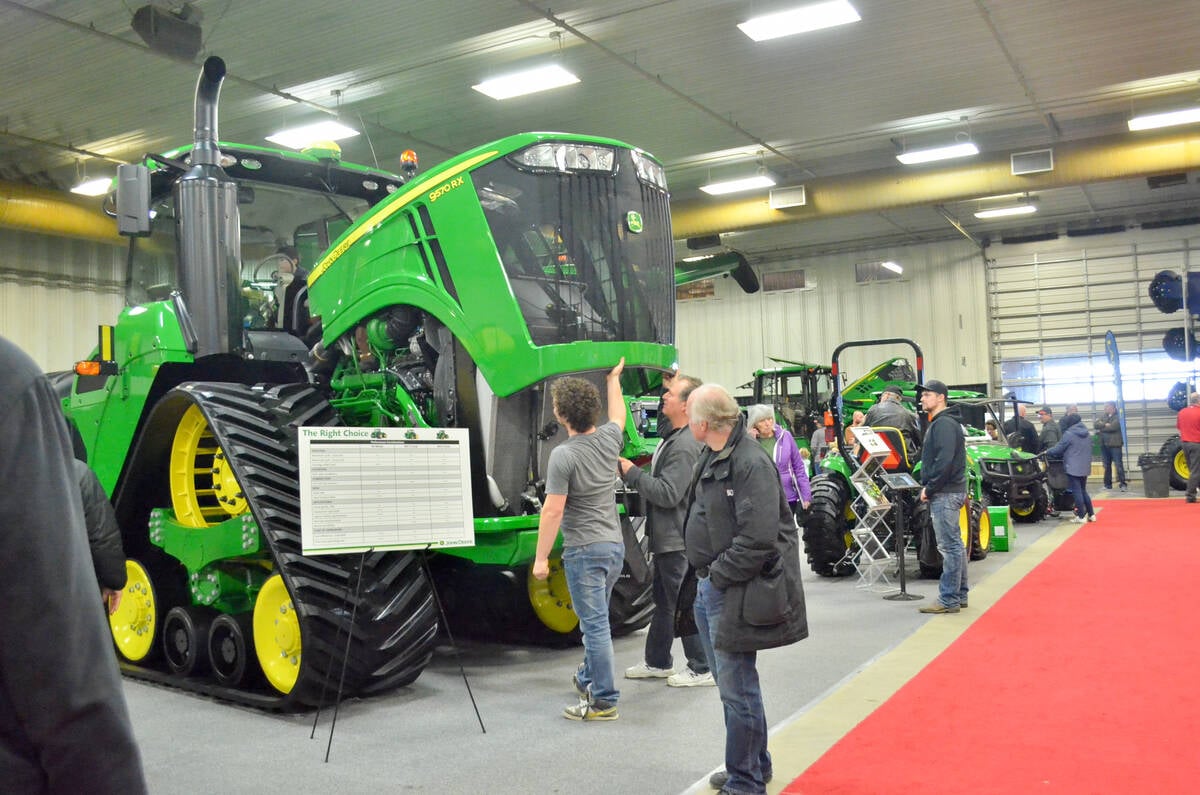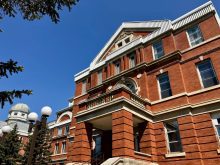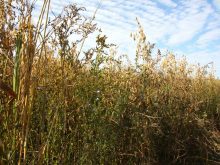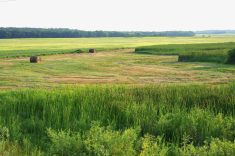Agriculture and Agri-food Canada spent $223 million more on science and innovation in the 2023-24 fiscal year than it did in 2020-21.
The extra funding was directed at greenhouse gas emissions in agriculture.
In an email, an department spokesperson said the Science and Innovation branch spent $829.6 million in 2023-24 on its various activities.
Read Also

The sneak peak of Manitoba Ag Days 2026
Canada’s largest indoor farm show, Manitoba Ag Days, returns to Brandon’s Keystone Centre Jan. 20-22, 2026. Here’s what to expect this year.
This means 27 per cent of last year’s budget for science and innovation was dedicated to cutting greenhouse gas emissions and making agriculture more resilient. The amount spent on reducing emissions was lower in 2022-23, at around $193 million.
“That represents 24.5 per cent of the spending within science and innovation on average over the past two years,” the spokesperson said.
Science and innovation is one of three “core responsibilities” for the department. The other two are domestic and international markets and sector risk.
The role of science and innovation funding is to increase Canadian agriculture/agri-food knowledge base through research. It also helps the sector transform “ideas into new products, processes, or practices,” says the 2024-25 departmental plan.
The document further explains that science and innovation contributes to three domains for quality of life in Canada — prosperity, productivity and the environment.
In the last few years, farmers and farm groups have criticized the government for its fixation on the environment and climate change.
Some federal scientists have also leveled criticism, saying the federal government got bored with traditional agricultural research such as plant breeding.
“If money is taken out of field-ready cultivar development, what happens is we start lagging behind the rest of the world and our farmers become less competitive?” said Robert Graf, a former winter wheat breeder with Agriculture and Agri-food Canada in Lethbridge, Alta.
“Part of sustainability is also the ability of farmers to … make some money. (That) used to be talked about a lot more.”
Last May, the Office of the Auditor General of Canada published a report on Agriculture and Agri-food Canada spending on climate change activities.
The report criticized the department, saying it had “no strategy to meet its expected contributions to reductions of greenhouse gas emissions.”
John Barlow, the Conservative party’s agriculture critic, said the auditor general’s report shows that the government is getting a poor return on its climate change investments.
“This is a very ideological government, in every single department. It’s showing with agriculture groups throwing up their hands and saying, ‘we can’t take this, we’ve had it, this is not where our priorities are,’” he said.
Barlow pointed to part of the 2023-24 Agriculture and Agri-Food Canada budget, indicating the federal government is spending less on market development. The budget for domestic and international markets went from $884 million in 2021-22 to a forecasted budget of $811 million in 2023-24
















